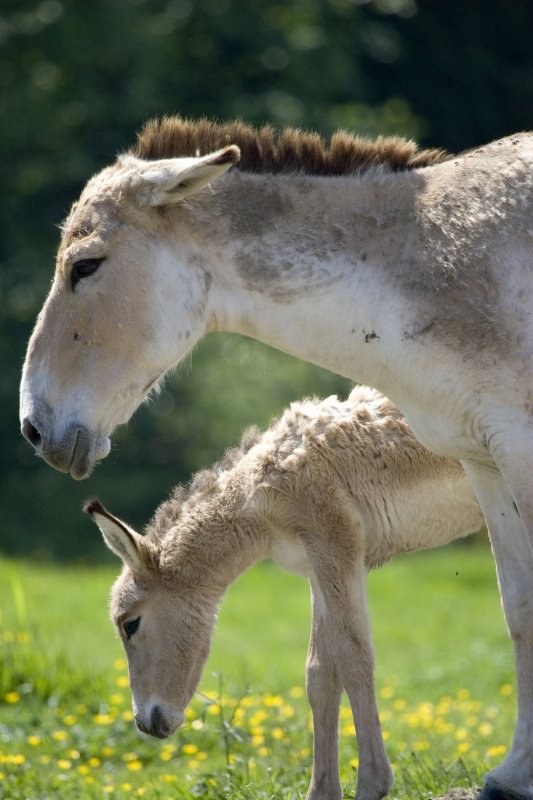SANTA BARBARA, Calif., Oct. 21 (UPI) -- U.S. scientists say the Earth is in the midst of its sixth mass extinction of plants and animals, with nearly 50 percent of all species disappearing.
Biologists at the University of California-Santa Barbara say they are working to determine which species must be saved.















